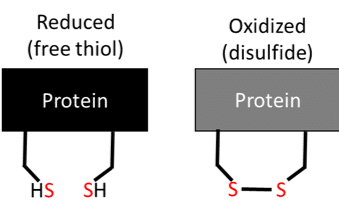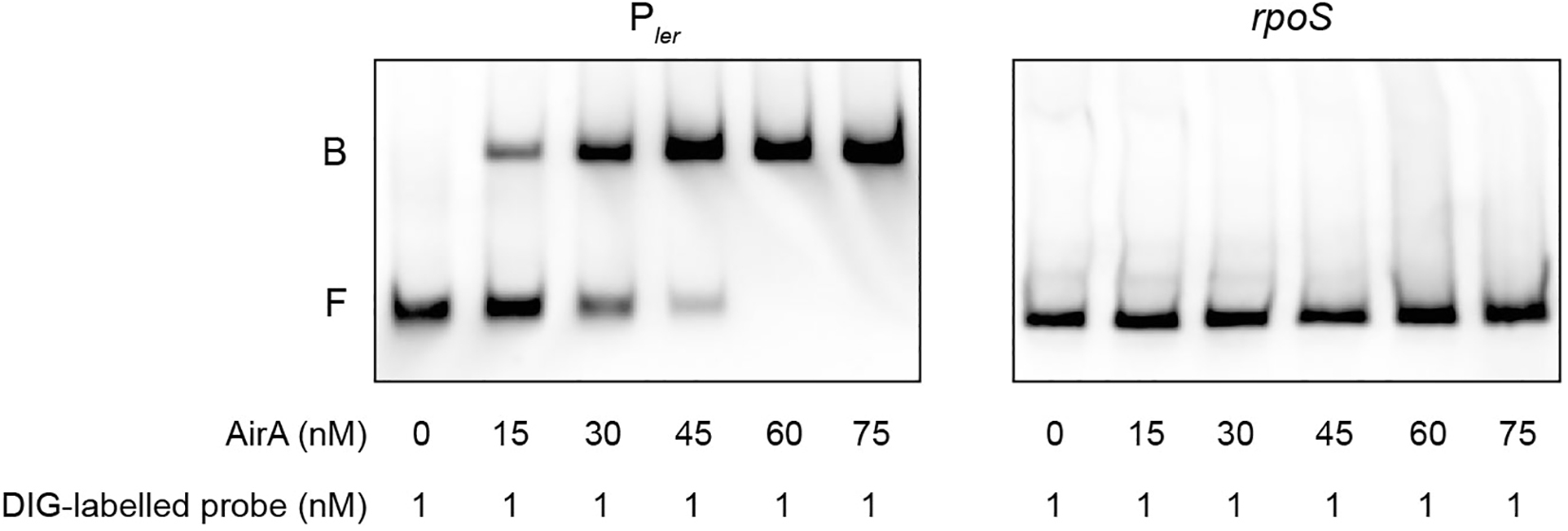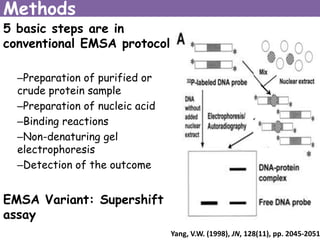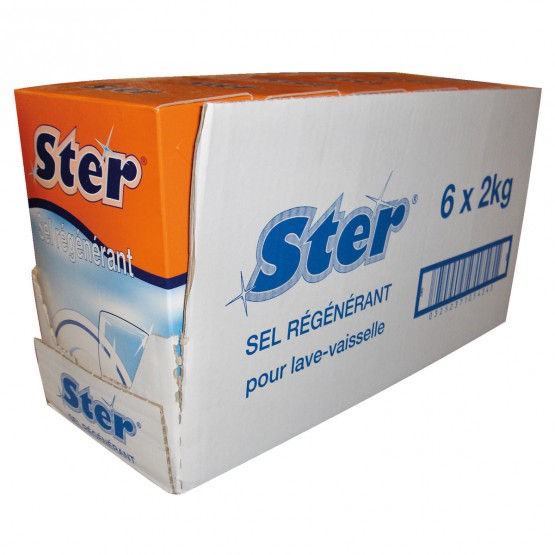Electrophoretic mobility shift assay (EMSA) showing the association
4.7 (596) · € 25.00 · En Stock
Download scientific diagram | | Electrophoretic mobility shift assay (EMSA) showing the association of SlHY5 with promoters of SGA biosynthetic genes SlGAME1, SlGAME4, and SlGAME17. (A) SDS-PAGE gel stained with Coomassie blue showing affinity purification of the recombinant SlHY5 protein used for the EMSA. (B) SlHY5 binds directly to the G-box (CACGTG) element of the promoters of SlGAME1, SlGAME4, and SlGAME17. Biotin-labeled DNA probes for the promoters or mutated probes were incubated with GST-HY5 protein and the DNA-protein complexes were separated on 6% native polyacrylamide gels. + or ++ indicate increasing amounts of unlabeled probes as the competitor. from publication: Manipulation of Light Signal Transduction Factors as a Means of Modifying Steroidal Glycoalkaloids Accumulation in Tomato Leaves | Steroidal glycoalkaloids (SGAs) are cholesterol-derived specialized metabolites produced by Solanaceous plant species. They contribute to pathogen defense but are considered as anti-nutritional compounds and toxic to humans. Although the genes involved in the SGA biosynthetic | Tomato, Lycopersicon esculentum and Light Signal Transduction | ResearchGate, the professional network for scientists.

So You Think You Can PEMSA? A Guide to Protein Electrophoretic

Electrophoretic mobility shift assay

EMSA (Gel Shift Assay) – Electrophoretic Mobility Shift Assay

Ultra-fast conductive media for RNA electrophoretic mobility shift

Protocol to detect nucleotide-protein interaction in vitro using a

Near-Infrared Fluorescent EMSA Assays or Gel Shift Assays

Near-Infrared Fluorescent EMSA Assays or Gel Shift Assays

Electrophoretic mobility shift assay (EMSA) analyses in SW1353

Electrophoretic Mobility Shift Assay'' by KATE, Wisdom Deebeke
Electrophoretic mobility shift assay (EMSA) showing the

Electrophoretic mobility shift assay (EMSA) of BrWRKY65 binding to

Protocol to detect nucleotide-protein interaction in vitro using a
Electrophoretic mobility shift assay (EMSA) analysis of PtMYB1

Electrophoretic mobility shift assay (EMSA) showing the












